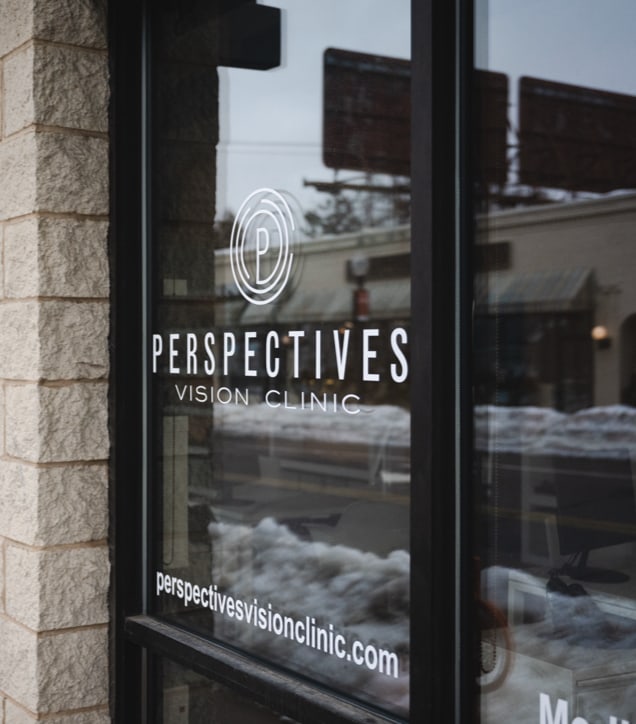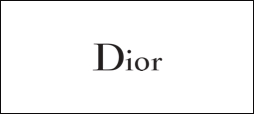Contact lenses are a safe, effective way to improve your vision as an alternative to eyeglasses. If you already wear contact lenses, need a prescription change, or want to switch from glasses, a visit to your optometrist can determine the best type suited for you.
Regular eye exams are crucial to protect your ocular health and vision, and contact lens exams and fittings are no different. As the conditions of your eyes constantly change, a contact lens exam and fitting help your optometrist recommend the best contact lenses for your specific needs.
So, how often do you need to have a contact lens fitting? Let’s explore contact lenses and discuss the frequency of lens fitting in detail.
Contact Lenses
Contact lenses have different strengths, materials, sizes, and wear times. They can be tailored or customized for individual eyes and are more convenient than eyeglasses.
When you consider getting contact lenses, buying online is not an option since they are medical devices, and one size doesn’t fit all. Depending on your needs and preferences, the best approach to choosing contact lenses is to consult your optometrist and discuss the different lens types.
Contact Lens Exam
A contact lens exam and fitting are different from regular eye exams since they require additional tests to ensure correct fit and prescription based on eye shape. During this time, your optometrist checks to see that your eyes are healthy enough to wear contact lenses.
A contact lens exam will include your medical and eye health history, your lifestyle, your prescription, or if you have a refractive error. Keratometry or corneal topography is a test used to measure the cornea’s curvature by focusing light and measuring the reflection to determine the proper fit.
Other tests performed in a contact lens exam include pupil and iris measurements, so contacts fit the eye and look more natural. Dry eyes are more common in long-term contact wearers as they cover part of the eye, which reduces the amount of oxygen and moisture in the cornea.
If these concerns remain unchecked, dry eyes can cause damage to the surface of the eye. Symptoms of dry eyes are redness, inflammation, burning, and scratchiness in the eyes. For this reason, your optometrist will also perform a tear film evaluation.
Contact Lens Fitting
A contact lens fitting includes getting a trial pair of contacts to try. If it is your first time wearing contacts, your optometrist will teach you how to insert, remove, and care for them. If your eyes don’t tolerate them after a trial period, they may change some parameters.
You may need specialty lenses based on your eye exam and existing eye conditions. These can include the following:
- Multifocals: These lenses have prescriptions for near and farsightedness in one lens. They work similarly to progressive lenses in glasses.
- Toric lenses: These have different prescriptions to correct astigmatism.
- Hybrid lenses: These are also for astigmatism. The center of the lens is rigid, while the outer is soft.
Frequency of Contact Lens Fittings?
Even if there’s no change in prescription, it’s still important that you visit your optometrist to monitor any changes to your eyes and eye health. Knowing how often to have a contact lens fitted is part of wearing contact lenses and maintaining a healthy eye environment.
After receiving a new pair of contact lenses, your optometrist may recommend you return after 2 weeks for a follow-up evaluation and possibly after 6 months to ensure comfort and clear vision. There are many factors to consider when determining how often you need a lens fitting after that.
You should have at least one regular fitting each year. Although, this could be every 6 months, depending on which type of contact lens you use and how frequently your prescription needs adjusting. The daily wear and tear on the eye caused by wearing contacts can cause damage over time. It’s imperative to seek advice if you experience any of the following signs:
- Increased grittiness
- Stinging
- Redness
- Dry eyes
- Discomfort
- Reduced vision
- Dislodged contact
Contact Lens Fitting for Maximum Comfort & Eye Health
Contact lenses can offer sharper and clearer vision when properly fitted by an optometrist. They are also comfortable and may not be felt in the eye at all.
The frequency of contact lens fittings depends on the individual, their comfort level, and vision needs. If you are looking for the right fit of contact lenses, contact Perspectives Vision Clinic.










